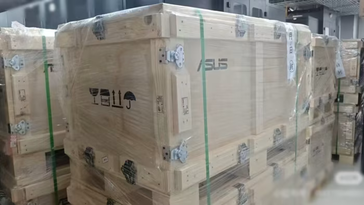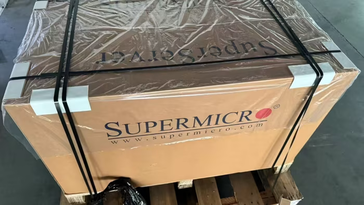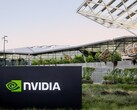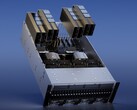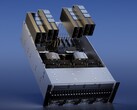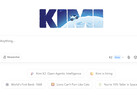Shipments worth more than $1 billion of Nvidia’s flagship B200 artificial-intelligence processors still reached China in the three months after Washington tightened export restrictions, underscoring the limits of the current controls. The B200 is the same graphics processing unit (GPU) used by OpenAI, Google, and Meta to train advanced models. It’s a specialized electronic circuit designed for rapid image and data processing. Although formally barred from the Chinese market, it has become the centerpiece of a lively gray trade in high-end U.S. chips.
Financial Times documentation reveals that an Anhui-based reseller, trading as “Gate of the Era,” quickly emerged as a major conduit. Founded in February, the company gained access to at least two bulk consignments of B200 racks. Each rack integrates eight GPUs, supporting components, and software. The company is estimated to have moved approximately $400 million in hardware through direct and secondary channels. Market prices have fluctuated between RMB 3 million and 3.5 million (roughly US$489,000) per rack. This is down from more than RMB 4 million (about $560,000) in mid-May. Prices remain about 50 percent above comparable U.S. pricing.
Distributors advertise B200, H100, and other restricted GPUs on platforms such as Douyin and Xiaohongshu. They arrange on-site tests before buyers collect the hardware in person. One intermediary likened the atmosphere to a “seafood market.” Supply is plentiful as long as purchasers accept the absence of Nvidia’s official support.
Because leading Chinese technology companies would jeopardize their global compliance programs by installing illicit hardware, demand is concentrated among third-party datacenter operators, smaller domestic firms and entities already on U.S. blacklists. The reopening of legal sales of Nvidia’s lower-specced H20—a version of Nvidia’s AI chip with reduced performance to meet export restrictions—has eased some pressure. Resellers report a dip in B200 trafficking as customers evaluate the sanctioned alternative.
Despite this shift, the supply network continues to evolve. Industry insiders describe Southeast Asian way-stations, particularly Thailand and Malaysia, as interim staging points. This has prompted Washington to weigh additional regional controls for the coming quarter. Even if those channels close, distributors argue that new routes through less-restricted European jurisdictions are already in play, reinforcing the economic incentive that keeps advanced U.S. AI silicon flowing into China despite successive rounds of export rules.
Source(s)
Financial Times (in English)





